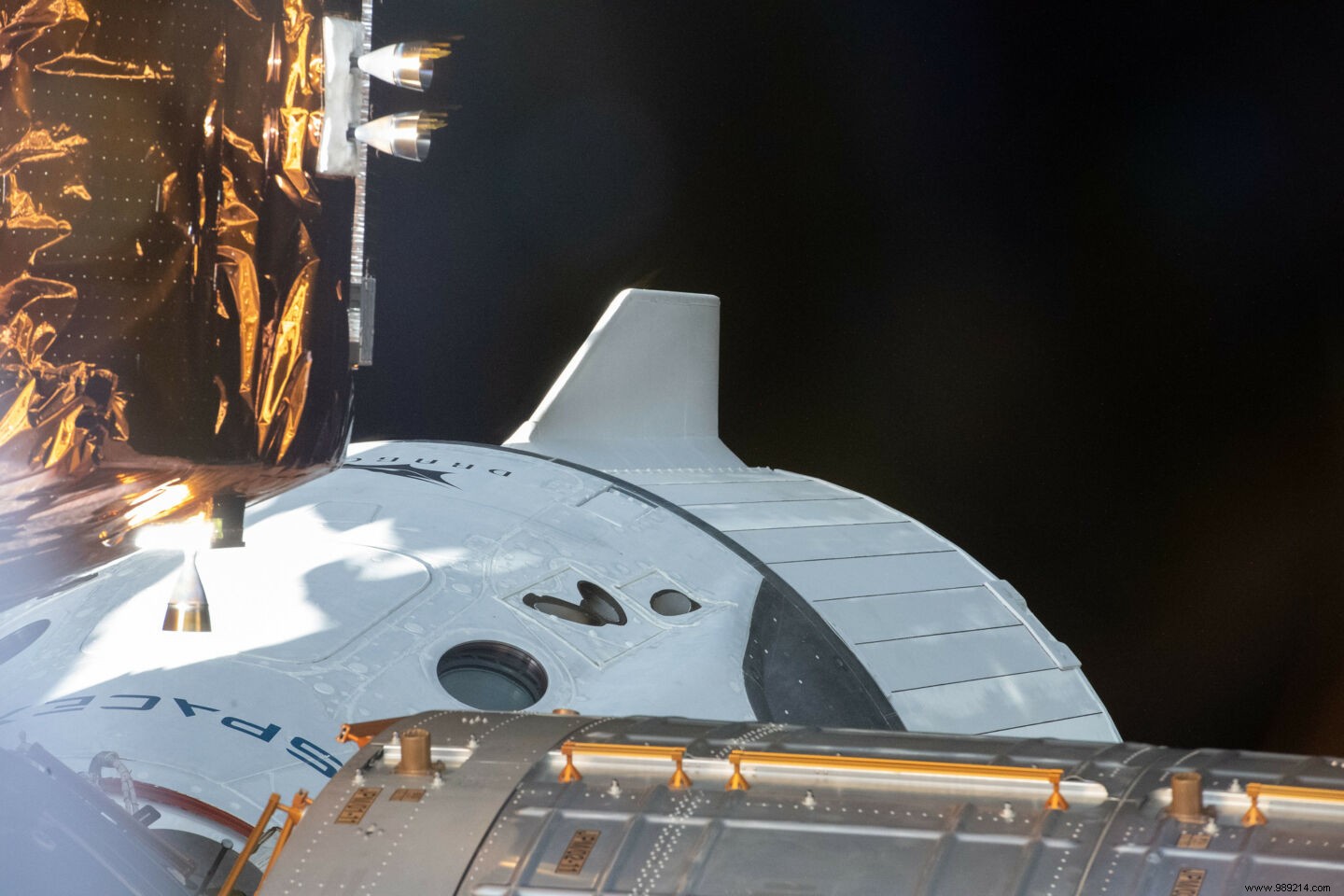As part of its future crewed missions in collaboration with NASA, SpaceX will be able to reuse its own capsules. This "understanding" between the two organizations was expected, but not so quickly.
This Sunday, NASA astronauts Bob Behnken and Doug Hurley splashed down at 8:48 p.m. (French time) off the coast of Florida, successfully ending SpaceX's Demo-2 mission . You can relive that landing here.
Unlike the Apollo missions, which returned to the Pacific Ocean, NASA and SpaceX this time favored the Atlantic . In this way, they allow astronauts to return home (near Houston) more quickly after a space flight.
Ditching near Florida also has another advantage for SpaceX. Indeed, this maneuver allows the company to bring its Crew Dragon capsules back to its facilities at Cape Canaveral Air Force Base in a matter of days. These time savings will also be essential in the context of its collaboration with NASA, which now authorizes the reuse of these vessels.
The next joint trade mission between the two organizations (Crew-1), which will take place next September, will not be affected. For the occasion, they will indeed use a new Falcon 9 rocket and a Crew Dragon spacecraft.
On the other hand, this will not be the case for the next mission launched at the earliest in the spring of 2021, in which the Frenchman Thomas Pesquet will participate. Indeed, this Crew-2 flight will reuse this time the Falcon 9 first stage from the Crew-1 mission and the Dragon capsule from the Demo-2 mission.
Benji Reed, who leads crew mission management at SpaceX, said Thursday that the company plans to "renovate" this capsule in a few weeks. Ultimately, it is expected that each of these vehicles can operate up to five missions in orbit.

Reuse of SpaceX rockets and ships has always seemed to be part of NASA's plans. In this way, the American agency could then benefit from considerably reduced operating costs .
In contrast, NASA's original commercial crew contract with SpaceX called for the first six operational missions to all use new capsules. Finally, a contract modification signed in May allowed SpaceX to introduce the reuse of its ships much more quickly.